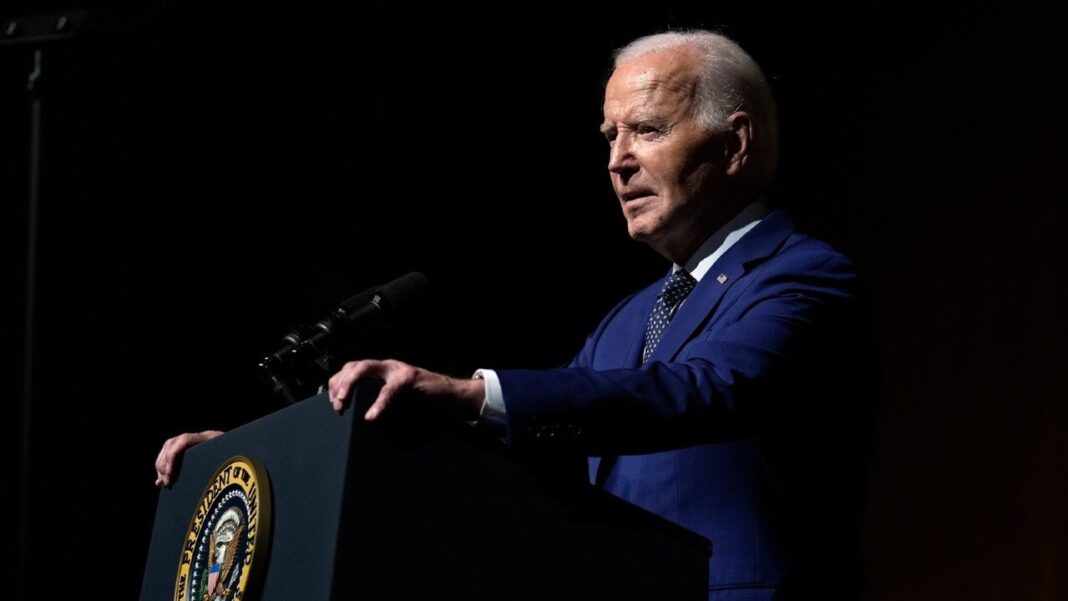Iran’s plan to install thousands of advanced centrifuges was announced after a watchdog flagged its nuclear safeguards issues and lack of transparency.
Iran is installing thousands of advanced centrifuges at key facilities, which was announced days after the International Atomic Energy Agency (IAEA) raised concerns over Tehran’s lack of transparency and cooperation in the area of nuclear safeguards.
The plan was disclosed by Iranian officials on Nov. 27 and detailed in a confidential IAEA report dated Nov. 28. It follows a rebuke by the IAEA Board of Governors in a Nov. 20 report, which criticized Iran’s lack of cooperation in addressing unresolved safeguards issues, including credible explanations for uranium traces found at undeclared sites and granting full access to inspectors as required under its international obligations.
Mohammad Eslami, head of the Atomic Energy Organization of Iran (AEOI), revealed plans to install the new centrifuges in remarks to Iranian state-owned media outlet Press TV on Wednesday.
“We have started feeding gas into several thousand advanced centrifuges and put them into operation as part of plans aimed at the development of the nuclear program,” Eslami said on the sidelines of a cabinet meeting. He reiterated that Iran’s activities are “transparent and peaceful” and conducted under the IAEA’s supervision and in line with the Non-Proliferation Treaty (NPT).
As further detailed in the IAEA’s Nov. 28 report, Iran’s plans involve installing over 6,000 advanced IR-2M, IR-4, and IR-6 centrifuges and bringing online several cascades at the underground Fordow and Natanz enrichment facilities. These advanced centrifuges can enrich uranium far more efficiently than the older IR-1 models, raising concerns about Iran’s capacity to quickly increase enrichment levels if it chooses.
The IAEA report indicates that new centrifuges are intended to enrich uranium only to 5 percent purity, a level typically used for civilian nuclear energy. This is significantly lower than the 60 percent purity Iran is already achieving at its Fordow and Natanz facilities and far lower than the weapons-grade uranium enrichment level of 90 percent purity. Still, the expansion of Iran’s enrichment capacity can be seen as a nuclear proliferation risk as the advanced centrifuges can be easily adjusted to enrich uranium at a higher purity.
By Tom Ozimek






